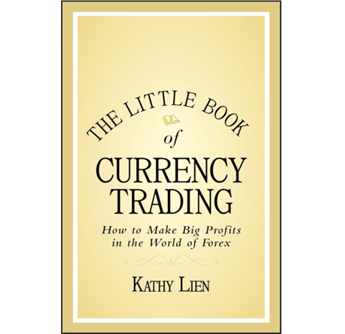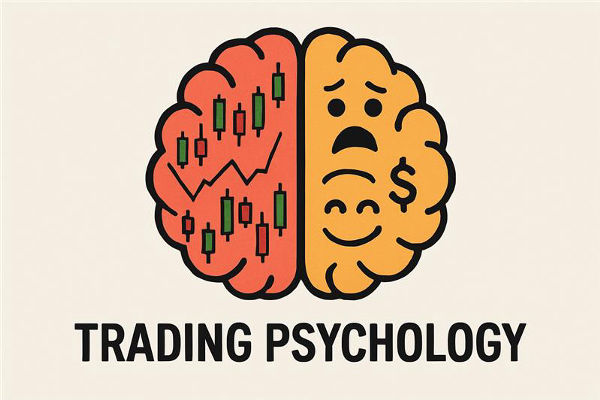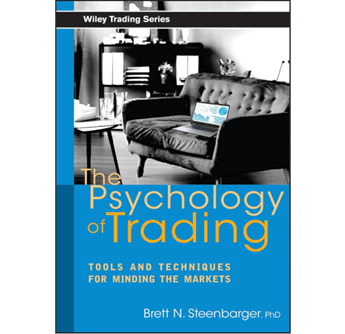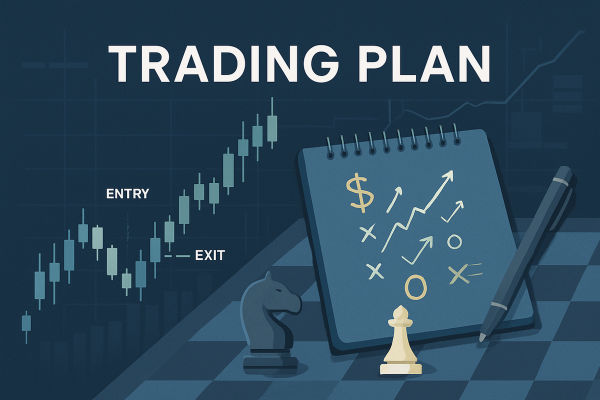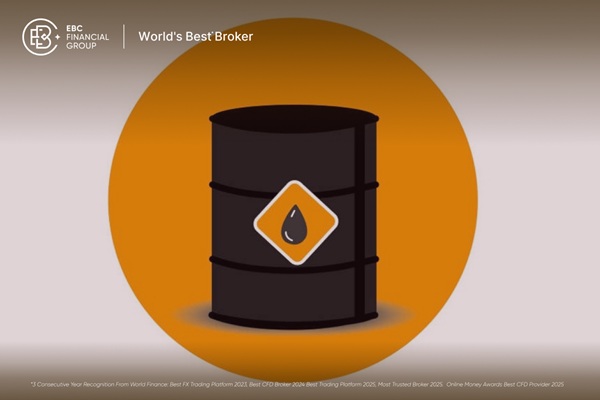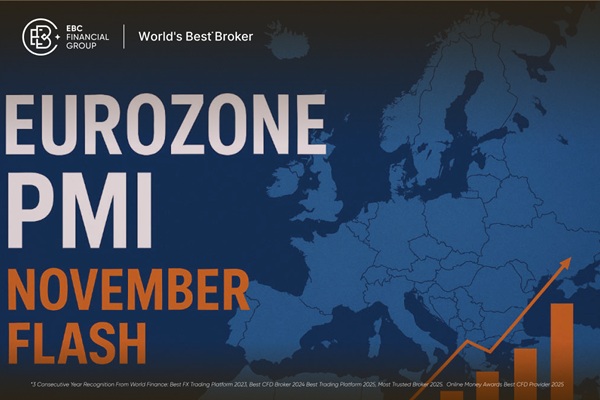Every trader dreams of consistency, yet few realise that consistency is not born from prediction but from preparation. Like an athlete training before competition, success in trading comes from repetition, structure, and mental discipline. Each morning, as market screens glow and price feeds hum, the traders who endure are not those chasing every move but those following a plan refined over time.
In 2025, this matters more than ever. Global markets are steadier yet fragmented, shaped by moderating inflation, changing central bank cycles, and evolving liquidity. The IMF projects 3.3 percent global GDP growth this year and next, while the OECD sees G20 inflation easing from 3.4 percent to 2.9 percent by 2026. This is an era of measured volatility, not explosive booms. For traders, structure, not spontaneity, is the edge. Building a winning routine now is about rhythm, not speed.

Why Every Trader Needs a Trading Routine in 2025
The modern trader faces more information in one day than professionals did in a month just two decades ago. The difference between noise and opportunity lies in structure.
The 2025 BIS Triennial Survey reported that global foreign exchange turnover reached 9.6 trillion US dollars per day, up 28 percent from 2022. Spot and forward markets expanded by more than 40 percent, while FX options turnover more than doubled. More volume means more movement, but it also means more false signals. Without a clear daily framework, traders can drown in data instead of navigating through it.
At the same time, volatility has normalised. The Cboe VIX Index, a broad gauge of global risk sentiment, hovered in the mid-teens through October 2025, showing that while markets remain active, fear-driven spikes are rare. It is a landscape that rewards methodical planning, not adrenaline trading.
In parallel, trading infrastructure has evolved. Algorithmic systems dominate intraday flow, particularly across EUR/USD, USD/JPY, and USD/CNH. The Hong Kong Monetary Authority reported RMB foreign exchange turnover rising 64.8 percent to over 315 billion dollars daily. Traders in 2025 face deeper, faster markets across multiple sessions. A trading routine is no longer optional; it is the compass that keeps every decision anchored.
The Core Pillars of a Winning Trading Routine
Every effective trading routine stands on three pillars: preparation, execution, and reflection. They form a loop that transforms trading from reaction into process.
1. Preparation: Setting the Stage Before the Market Moves
Preparation is where discipline begins. The most successful traders do not open charts to search for trades; they open them to confirm pre-defined conditions. Each morning should start with macro context—overnight developments, scheduled events, and volatility forecasts.
Reviewing the daily economic calendar helps identify catalysts such as CPI, employment data, or policy statements. In 2025, with monetary divergence between the Federal Reserve, European Central Bank, and Bank of Japan, even mid-tier data can cause sharp moves. Institutional traders typically devote at least 20 minutes before each session to reviewing events, drawing key support and resistance zones, and setting alerts.
Beyond fundamentals, preparation means scanning liquidity. With spot and forward markets carrying the bulk of global FX turnover, traders should know when and where their pairs are most active. The London–New York overlap remains the busiest window, while Asia’s session, especially in AUD, JPY, and CNH, has gained importance due to rising regional participation.
2. Execution: Managing Trades Like a Professional
Execution is where the plan meets the market. A well-structured routine ensures that decisions are made according to predefined triggers, not emotions. This includes rules for position sizing, entry conditions, and exit targets.
Professionals rarely risk more than 2 percent of capital on a single trade and often apply daily or weekly drawdown limits. They also automate discipline through orders and alerts, avoiding emotional re-entries. When liquidity spikes during events, having orders already in place allows execution without hesitation.
A trader’s environment matters too. Studies on cognitive performance show that multitasking can reduce accuracy by more than 30 percent. Closing unrelated tabs, disabling notifications, and setting defined trading blocks can transform focus and execution quality. The goal is not to catch every move but to execute the right ones consistently.
3. Reflection: The Habit That Builds Mastery
Many traders treat journaling as optional. Professionals treat it as their edge. Recording trade rationale, emotional state, and outcome turns data into learning. Research by the CFA Institute suggests that structured journaling can improve decision retention by over 20 percent.
Each trading day should end with a short review: What went right? What broke plan? Which setups performed as expected? By turning reflection into a habit, traders transform each mistake into future precision.
Building Your Personal Trading Routine Step by Step
Creating a winning trading routine is a process of construction, not imitation. The best routine is one that aligns with personal rhythm, market focus, and lifestyle. Below is a practical roadmap tailored for the 2025 market environment.
Step 1: Define Your Trading Hours
Choose one session to master. The London–New York overlap offers the most liquidity, while Asia suits those trading AUD, NZD, or CNH. Consistency builds pattern recognition.
Step 2: Begin with a 30-Minute Pre-Market Prep
Scan global indices, the dollar index, and key commodities such as gold and oil. Check the EBC Market Insight calendar and note major announcements for the day. Preparation reduces surprise and hesitation.
Step 3: Outline Two to Three Trade Scenarios
Avoid over-trading. Pre-define conditions for entries and exits. A trader with fewer, clearer setups tends to act with more conviction.
Step 4: Apply Risk Rules
Set maximum exposure of 1–2 percent per trade and a hard weekly drawdown cap. Discipline compounds faster than profits.
Step 5: Track Your Emotions
Before entering a position, note confidence level or stress on a scale of 1 to 5. Emotional awareness sharpens decision-making over time.
Step 6: Journal Every Trade
Record reasoning, entry, exit, and lesson. Screenshots help visualise context for later review.
Step 7: Conduct a Weekly Review
Each weekend, review trades to see what aligns with the plan. Modify only when data confirms the need, not when emotions demand change.
In 2025’s environment of moderate volatility and algorithmic flow, traders who plan their day in this structured way tend to outperform those reacting to every chart tick.
Morning vs Evening Routines: Finding What Works
Not every trader thrives under the same clock. A part-time trader may only manage one session per day, but even that requires rhythm.
Morning traders often focus on London open volatility, using the first 30 minutes for analysis and the next 90 minutes for execution.
Evening traders, especially in Asia, use end-of-day routines to review charts, set alerts, and prepare orders for the next session.
Industry data shows that around 60 percent of consistently profitable retail traders journal or prepare at least one session ahead of time. Routine builds anticipation, and anticipation breeds discipline.
Tools and Technology That Strengthen Your Trading Routine
Technology is the silent partner in every trader’s discipline. In 2025, precision execution depends not only on analysis but on the infrastructure supporting it.
Platform performance: The best trading platforms, including EBC’s MT4 and MT5 servers, maintain execution speeds around 20 milliseconds and uptime above 98 percent. Speed removes slippage, but stability protects consistency.
Automation tools: Alerts, one-click orders, and VPS hosting help traders follow their plans mechanically. Automation should enforce discipline, not replace judgment.
Calendars and indicators: Integrating real-time calendars with technical charts ensures awareness of news events before entries. A trader’s preparation should always include confirmation of the next scheduled risk event.
Risk management dashboards: Tracking position size, open exposure, and cumulative performance in real time is essential to maintaining composure when volatility rises.
The Psychology Behind a Consistent Trading Routine
A trading routine is not just a checklist; it is a psychological anchor. The market’s uncertainty creates stress, but structure reduces it.
In behavioural finance, decision fatigue is a well-documented phenomenon. As traders make repeated choices, cognitive accuracy declines. Routines automate low-value decisions, preserving mental energy for the moments that matter.
Emotional regulation is measurable. Studies of professional traders show that those with structured routines display steadier cortisol levels during volatility spikes. In other words, habit protects composure. Adding short breaks between sessions also prevents cognitive overload. A five-minute reset after each trade block improves focus and reduces over-trading.
Finally, routine builds identity. When trading is treated like a business, performance becomes predictable. Over time, confidence shifts from market outcomes to process adherence, the defining mark of maturity in trading.
Common Mistakes to Avoid in 2025
Even well-designed routines fail if executed inconsistently. The most common mistakes stem from overconfidence and lack of adaptation.
1. Overcomplicating the Plan
Adding too many indicators or timeframes creates confusion. In 2025’s algorithm-driven market, simplicity wins. Focus on one to three setups that align with clear criteria.
2. Inconsistency Across Sessions
Switching strategies mid-week or skipping reviews destroys pattern recognition. The routine’s power lies in repetition.
3. Ignoring Rest and Recovery
Fatigue skews perception. A trader who cannot step away during non-liquid hours is not disciplined—they are distracted.
4. Neglecting the Feedback Loop
Failing to journal removes accountability. Without reflection, traders repeat the same mistakes unconsciously.
5. Refusing to Adapt
The 2025 environment features moderate volatility, rising spot and forward activity, and occasional tariff-driven news shocks. A rigid plan that ignores these shifts risks obsolescence. Routine should evolve quarterly, not daily.
Case Study: A 2025 Trading Day That Works
Trader Profile: London-based full-time FX trader focusing on EUR/USD, GBP/USD, and USD/CNH.
07:00 – 07:30: Review overnight Asia session, check macro calendar, update bias for key pairs.
07:30 – 08:30: Technical analysis, mark levels and alerts.
09:00 – 11:30: Active trading window during London open and early overlap.
12:00: Journal results and note emotional rating for each trade.
14:00 – 15:00: Prepare for US data releases. Adjust exposure ahead of major announcements.
16:30: Review day’s performance, screenshot charts, log key insights.
This structure allows focused trading during the most liquid windows while maintaining mental space for analysis. Even part-time traders can replicate this rhythm by compressing the same sequence into shorter sessions.
Adapting Your Routine to 2025’s Market Trends
The global macro backdrop in 2025 requires awareness and flexibility rather than prediction. With global growth steady near 3.3 percent, the market favours range-trading and reaction strategies over one-directional bets. The OECD highlights uneven inflation moderation, meaning some currencies will stay tied to their domestic policy cycles.
Trade tensions are resurfacing in parts of the world. OECD analysis shows tariff front-loading in 2025, particularly across technology and manufacturing sectors. Traders should include a five-minute daily check on trade news to avoid surprise volatility in export-linked currencies like the Chinese yuan, Korean won, and Japanese yen.
Meanwhile, the shift in FX product composition, spot and forwards dominating 2025 turnover, favours traders who plan around liquidity windows. Understanding when volume peaks in each region can help refine session timing. For instance, commodity-linked pairs such as AUD/USD often move most during Asia, while EUR/USD volatility concentrates around European and US data hours.
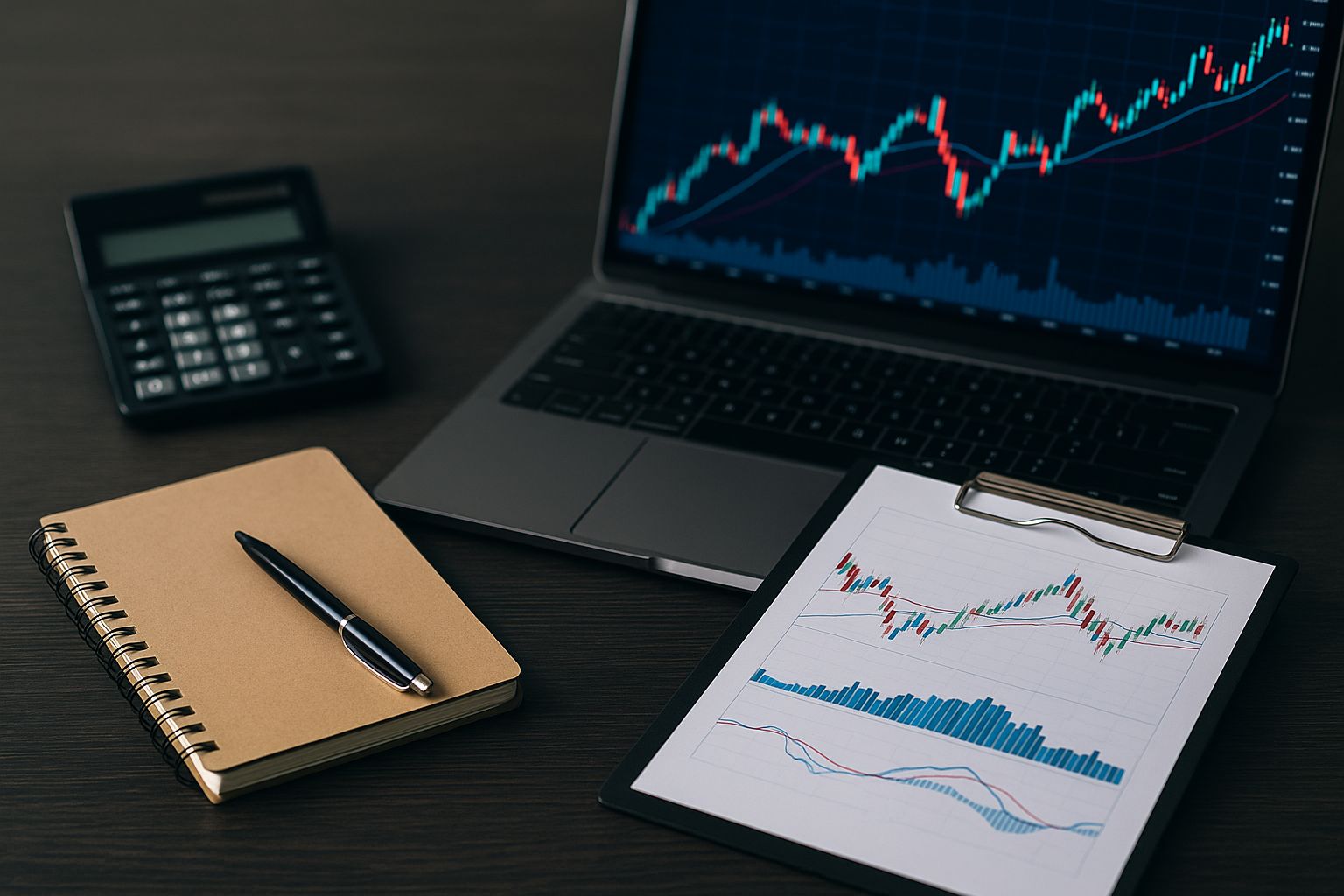
Measuring Success: When a Routine Starts Working
The effectiveness of a trading routine is not measured by profits alone but by consistency and self-control. Traders should monitor three categories of metrics:
Behavioural Metrics:
Percentage of trades executed according to plan.
Number of rule violations per week.
Average preparation time before trades.
Risk Metrics:
Maximum drawdown and recovery period.
Reward-to-risk ratio across sample size.
Equity curve smoothness over rolling 30-day periods.
Learning Metrics:
Number of insights logged in journal.
Frequency of pattern recognition or recurring setups identified.
Adjustments implemented based on evidence rather than emotion.
Professional studies show that traders who track these metrics see faster improvement, even without changing strategies. The secret is measurement, because what gets measured improves.
FAQs About Trading Routine
Q1. How long does it take to build a trading routine that sticks?
Most traders need between 21 and 30 days of consistent execution to form habits, but refinement can take several months. The goal is not perfection but predictability.
Q2. Do beginners need a trading routine as much as professionals?
Yes. A structured routine helps beginners eliminate randomness. Even a simplified daily checklist, market review, one setup, post-trade notes, accelerates learning and reduces emotional trading.
Q3. How often should I update my routine?
Quarterly reviews are best. Market conditions change with central bank policy, volatility, and liquidity trends. Review data each quarter and adjust session timing or event awareness accordingly.
Routine Is the Real Edge
Every year, traders search for new indicators or strategies, yet the professionals who thrive know that edge lies not in novelty but in repetition. A trading routine transforms market noise into a repeatable rhythm, allowing traders to act without hesitation and review without bias.
In 2025, success depends on structure. The world’s FX volume is at record highs, volatility is measured rather than manic, and opportunity belongs to those who prepare. A winning routine integrates preparation, disciplined execution, and honest reflection into one continuous loop.
Markets evolve, technology changes, but discipline never goes out of style. Build your routine, follow it daily, and let consistency become your strongest signal.
Disclaimer: This material is for general information purposes only and is not intended as (and should not be considered to be) financial, investment or other advice on which reliance should be placed. No opinion given in the material constitutes a recommendation by EBC or the author that any particular investment, security, transaction or investment strategy is suitable for any specific person.








